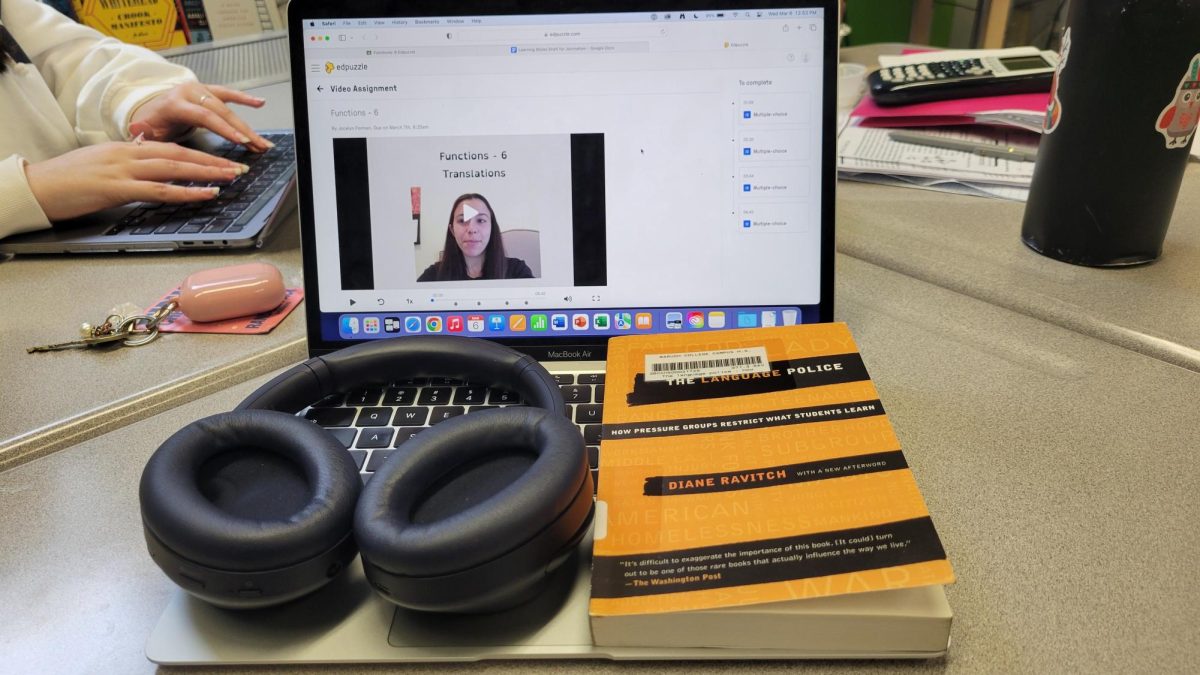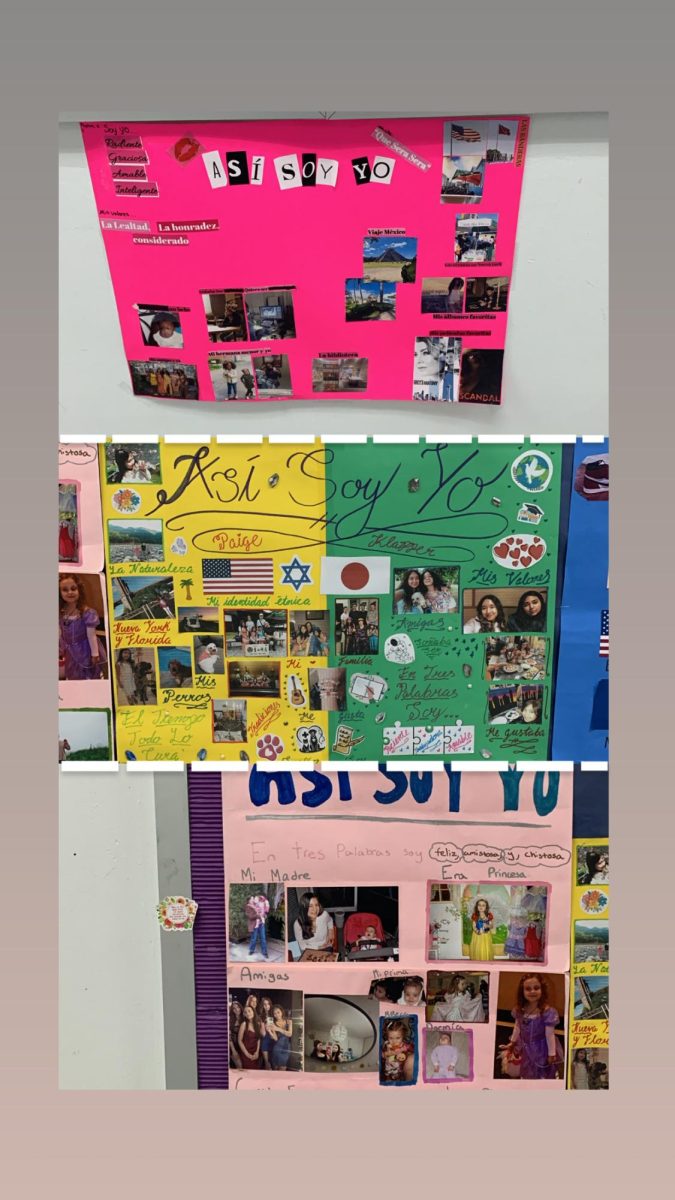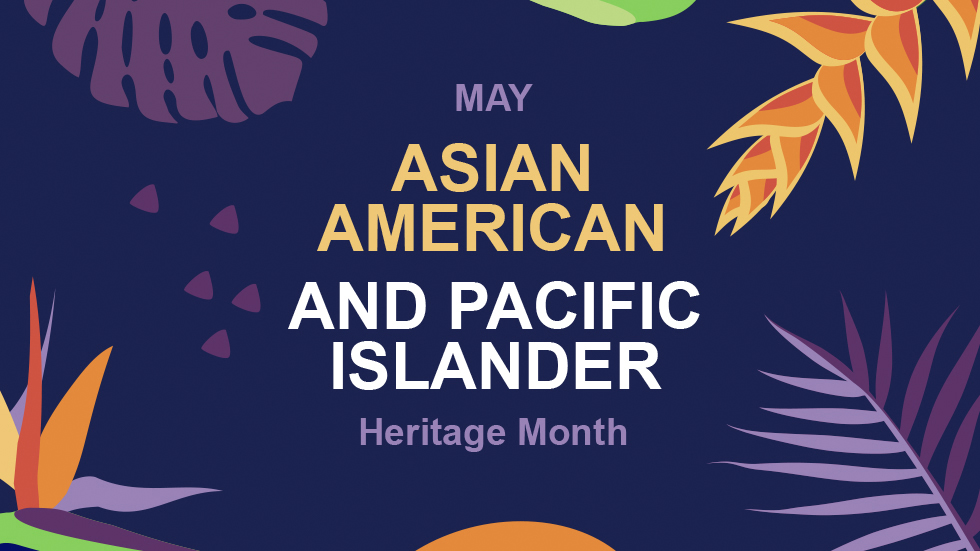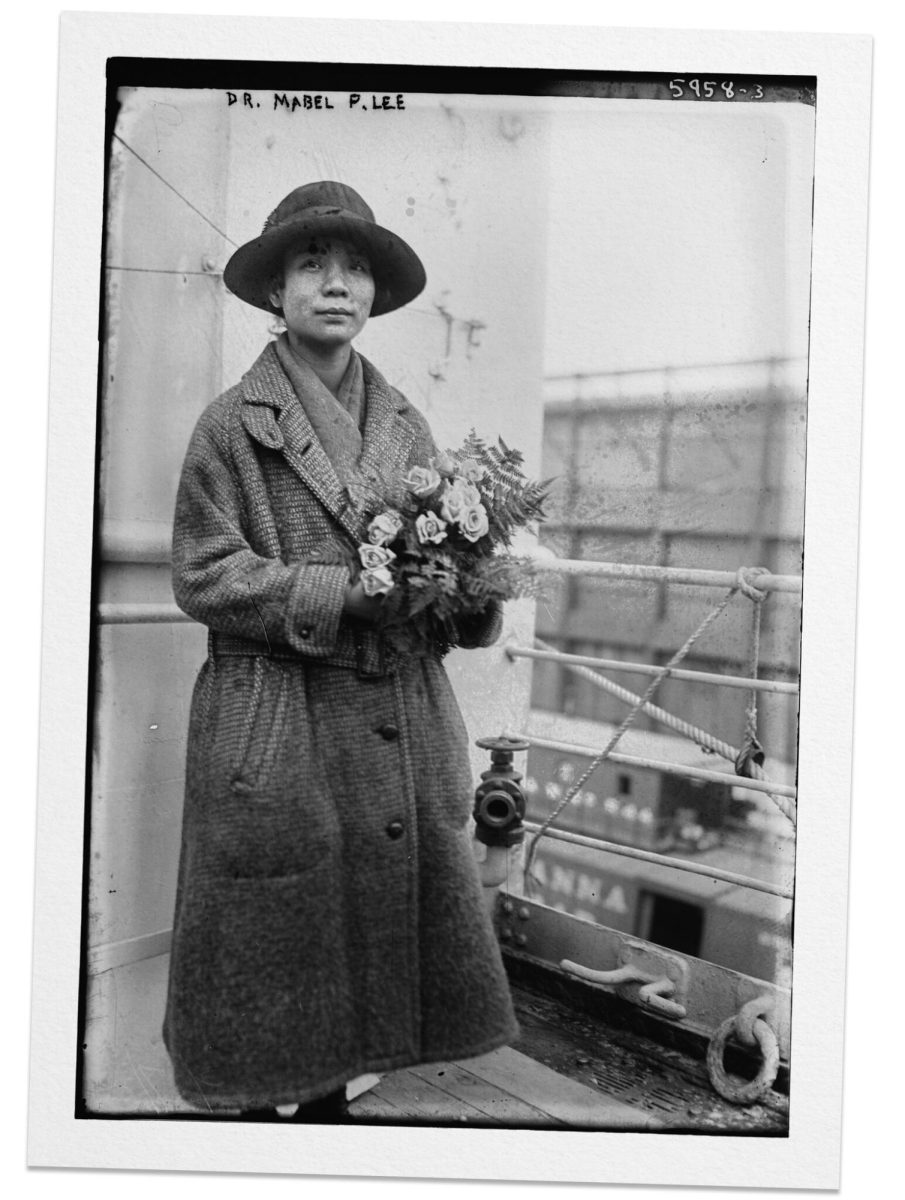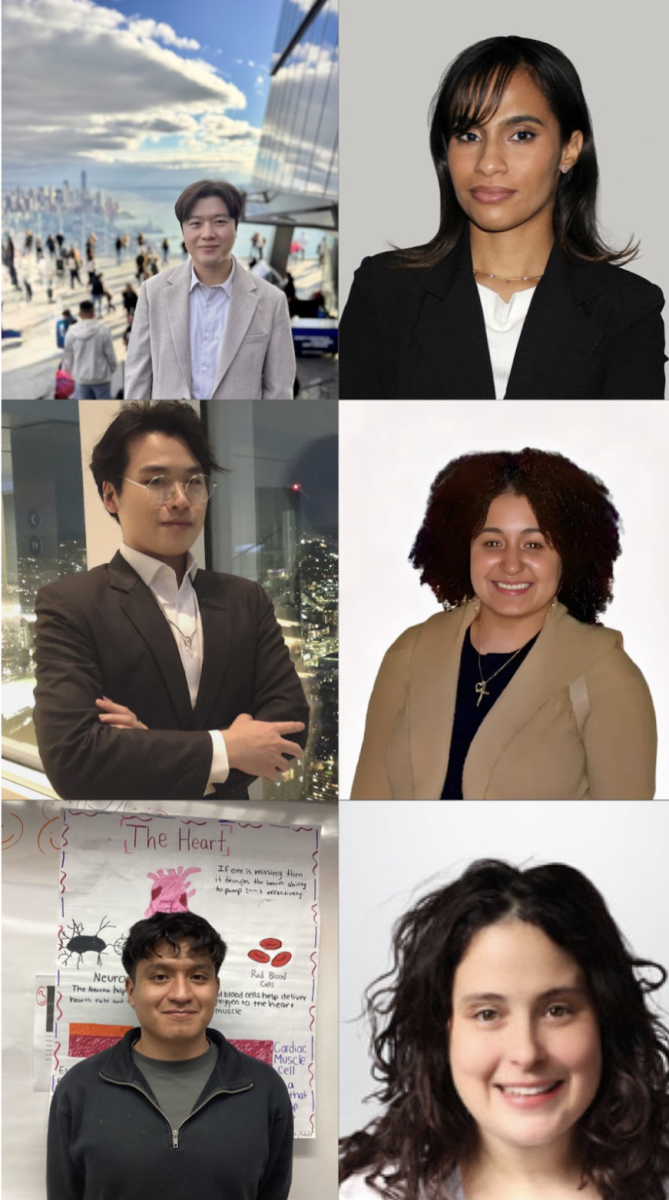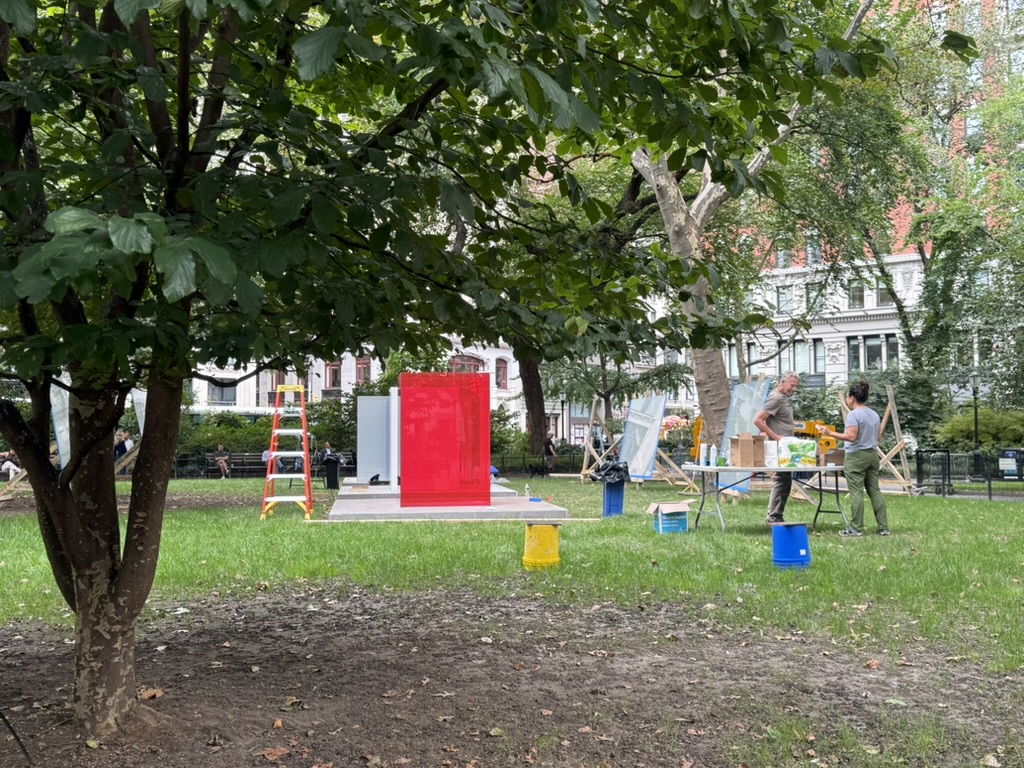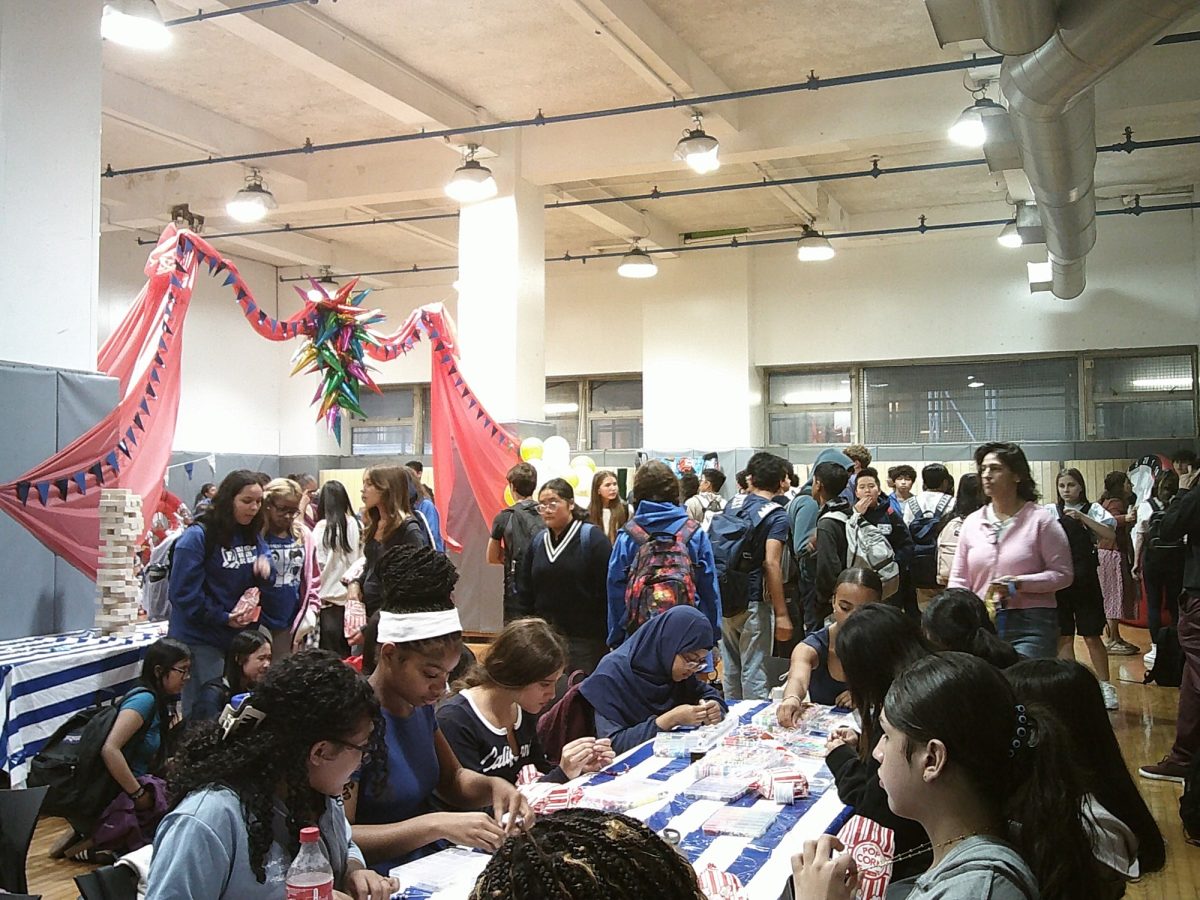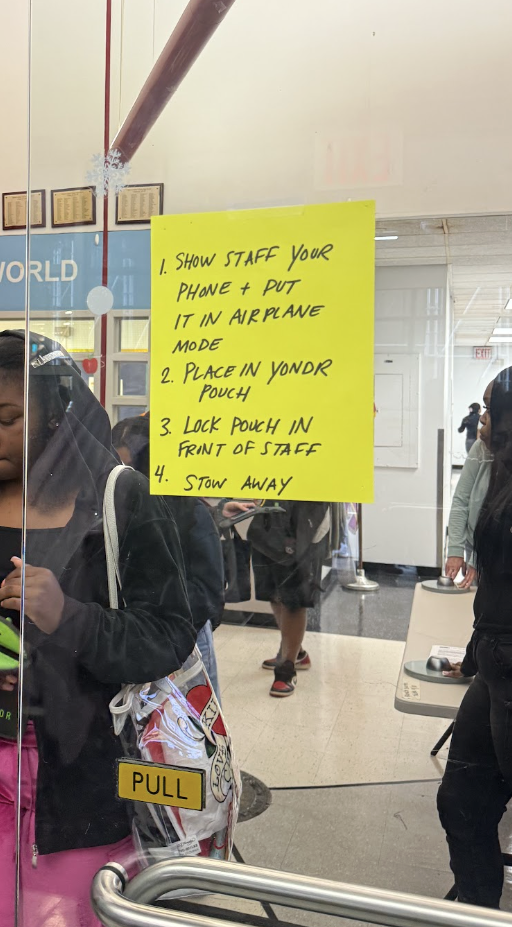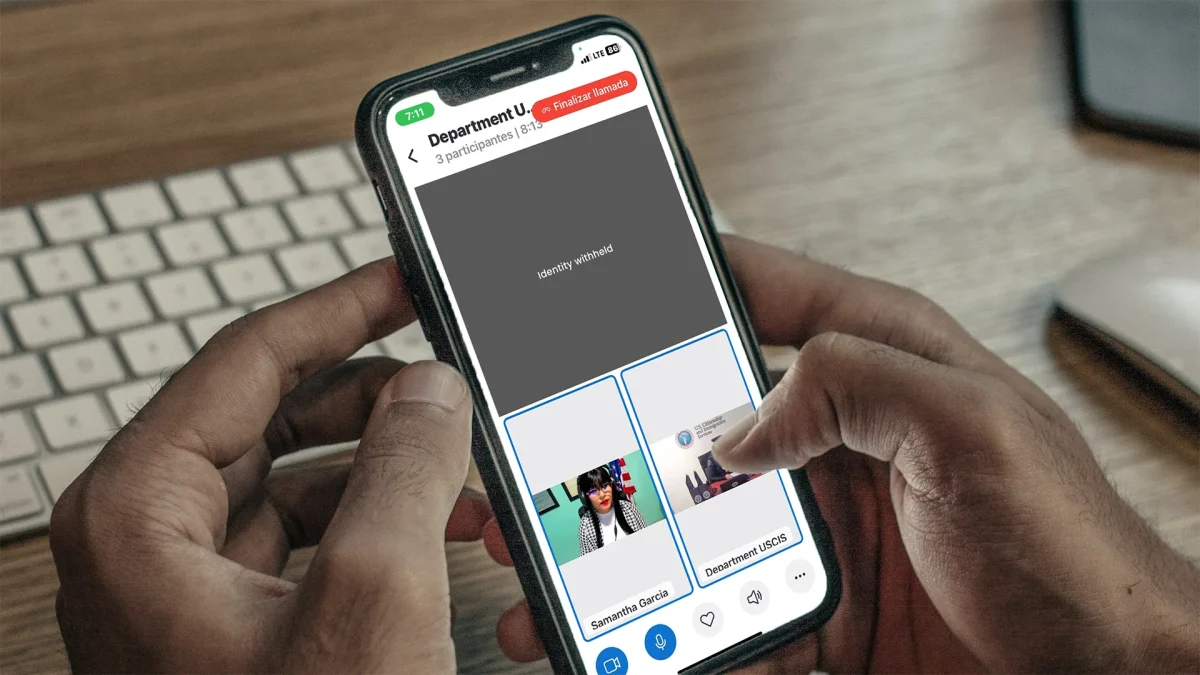A student sits in class; their eyes darting around the room. They don’t understand the material from the slideshow, but when the teacher plays a video, suddenly they comprehend it better – contemplation is in the air as they pick their head up off the desk.
Some people prefer to hear things out loud or visualize concepts–or learn in some other way, like with reading or doing hands-on activities. These preferences have a name: learning styles. BCCHS is rich with diversity as the student body comes from all boroughs of New York and their different learning styles also bring variety to the table.
As it turns out, most are a mix when it comes to these preferences–and so are our classrooms. Hailing from different walks of life exposes students to various perspectives, and with their teachers alike, they have a knack for weaving their personal experiences into the way they learn. Many are not just visual learners or any specific kind of learner–but so much more than one category.
Human minds are multidimensional entities made up of all learning styles.
Senior Ryan Landivar is primarily a visual learner but also a kinesthetic one.
“I grew to have a special education type process of visualizing concepts that helped me learn better,” he said.
Visual learning, which involves seeing information for comprehension, is a relatively common style to have. It involves using graphs, diagrams and other means of visual representation. Seeing the big picture is the primary objective for these learners instead of being locked into a sequence.
As Landivar spent considerable time with this learning style he became attuned to it, though something also changed as he grew older.
“I am prone to zoning out, so getting up keeps me engaged sometimes,” he said.
Others also possess a hybrid learning style.
In addition to Landivar, junior Jasmine Chalpeño Luna is both a visual and an auditory learner. She prefers to see videos and other visual aid during class.
Luna’s math teacher Jocelyn Forman makes use of visual learning tools. One such instance has occurred in her Algebra II math class.
“She posts an Edpuzzle [a video platform] before each lesson; it really helps me prepare for class,” she said.
Educators at Baruch may be flexible in the styles they offer, from reading aloud to having students get up or playing videos; this allows for the coexistence of this amalgamation of learners.
Sophomore Susmita Paul had something to say about one problem facing people trying to determine their learning style.
“Some students don’t really study at all, so they don’t know their learning style,” she said.
Though teachers oversee education, students can also be responsible for how much they learn in their own time as well. They might discover more about themselves with some effort. Paul is a visual learner who has been naturally attuned to it since childhood, similar to Landivar and Luna.
Despite the fact some may believe each student attunes to a singular learning style, Landivar and Luna are some of the many cases which align with hybrid learning. Take the concept of videos, for instance, which combine visual and audio tools by providing a picture and vocal; by using two senses learning can be amplified with a concept of links.
Gallery walks, which are often used at Baruch, combine the visual and kinesthetic styles. They involve walking around to view images or diagrams; by physically moving, memory can be built to have a visual display of the mental map they are creating.
The concept of links throughout these ways of education is necessary according to neuroscientist Susan Greenfield. She also believes fitting into one of four categories is ridiculous. According to Greenfield, “Humans have evolved to build a picture of the world through our senses working in unison, exploiting the immense interconnectivity that exists in the brain.”
This idea can be supported by human experience as time passes on they become wiser. This idea of unity forces the brain to be flexible and adapt to the passage of time.
Freshman Angy Angamarca Palch shared her learning style has changed over the years.
“I used to learn well by seeing things, but now hearing helps more,” she said.
From one dominating sense to another, the passage of time may allow the brain to determine if one method has become ineffective to which it must promptly decide whether or not to expand its repertoire. Should it choose to branch out from its roots, the tools it has access to grows as does the idea of interconnectedness throughout the learning process. Whilst Palch may have one dominant learning style, the notion of evolving preferences is something that should be of note.
Freshman Isabelle Duque knows learning styles vary from person to person.
“Sometimes, when I explain or think of things that make sense to me, my friends don’t understand,” she said.
Throughout life, humans are taught to comprehend ideas through lived experiences, causing everyone to maybe not see eye to eye.
As Landivar put it: “I’m willing to adapt to any style that helps me learn efficiently.”


